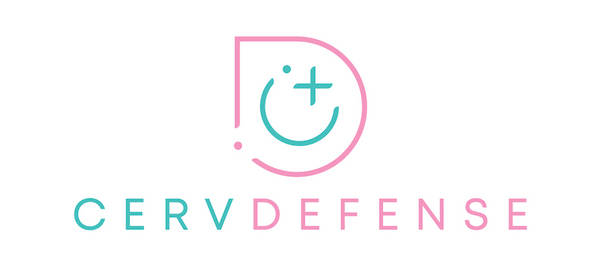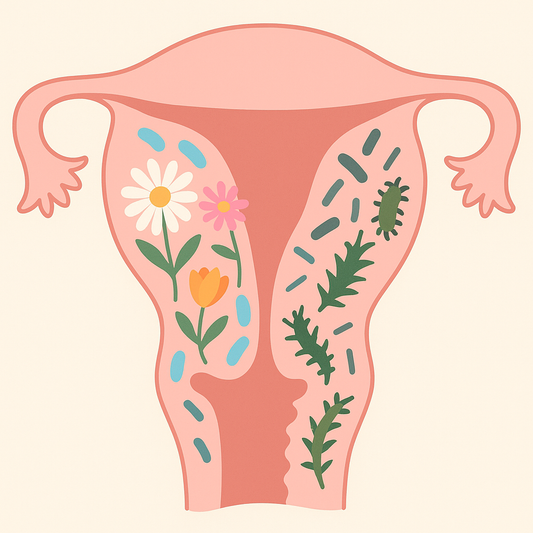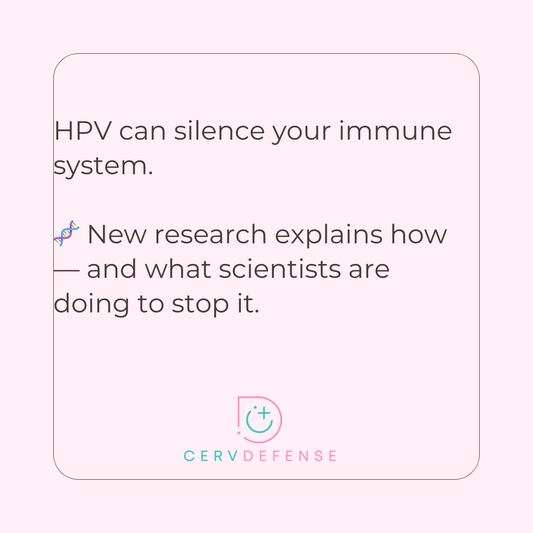
What They Don’t Tell You About LEEP: A Closer Look at the Risks, Alternatives, and Empowering Choices
Share
When I was told I had highly abnormal cervical cells, I froze.
My doctor called it “high-grade cervical dysplasia” — and immediately recommended a LEEP procedure. It was presented as the next logical step. Fast, effective, no big deal.
But something inside me said slow down.
I started digging. And what I found changed everything.
I learned what LEEP could do — but also what it might take away.
What Is LEEP, Exactly?
LEEP stands for Loop Electrosurgical Excision Procedure. It’s a common treatment for cervical dysplasia (especially CIN 2 or 3), where a wire loop heated by electric current removes abnormal cells from the cervix.
Doctors often describe it as quick and minimally invasive.
And for some women, it is the right choice.
But there are risks — and they’re not always talked about.
What They Don’t Tell You About LEEP
📉 Cervical Shortening
LEEP removes part of your cervical tissue. For some women, this can shorten the cervix, increasing the risk of complications in future pregnancies like preterm birth.
💔 Loss of Sensation
Your cervix is part of your pleasure anatomy. Some women report changes in sensation or difficulty with arousal after LEEP — something I never heard in the exam room. And some women experience these changes forever.
💫 Emotional Fallout
Being rushed into a procedure without time to process or explore alternatives can leave women feeling confused, anxious, or even traumatized.
🔁 Recurrence Can Still Happen
LEEP doesn't guarantee the abnormal cells won’t return. Sometimes it helps — but sometimes, it doesn’t.
And here’s what really made me pause…
I couldn’t find anyone talking about how to support your cervix naturally — only how to cut it.
Are There Alternatives to LEEP?
Yes — and you deserve to know about them.
If your dysplasia isn’t progressing rapidly, you may be able to try the watch-and-wait approach with your provider’s support. This means giving your body time to heal on its own, with regular follow-ups and repeat Pap smears or colposcopies.
During that time, there are real ways to support your body’s healing:
🌿 Nutritional and supplement support
Your immune system plays a huge role in clearing abnormal cells.
Ingredients like methylated folate, vitamin C, zinc, selenium, and antioxidant-rich herbs have all been studied for their role in cervical health.
🧘♀️ Nervous system regulation
Chronic stress can suppress immune function. Practices like breathwork, yoga, and meditation may help your body stay in healing mode.
🥗 Clean nutrition
Reducing sugar, alcohol, and processed foods — and increasing whole, anti-inflammatory foods — can give your body the foundation it needs to repair and restore.
What I Chose Instead
I said no to LEEP.
I dove deep into the research.
I built a supplement protocol using ingredients with clinical backing — and refused the procedure my doctor insisted was “the only way.”
After four cycles, my Pap results were normal again.
To the disbelief of my doctor — my abnormal cells were gone.
That protocol?
It eventually became CervDefense.
What You Can Do
You have the right to:
-
Ask questions
-
Get a second opinion
-
Wait and monitor
-
Support your body in healing naturally
-
Choose LEEP if it feels right for you — or say no if it doesn’t
There is no one-size-fits-all answer.
But there are more options than most of us are told.
💊 Want to support your cervical health, naturally?
I created CervDefense so women like you don’t have to go it alone.
It's a science-backed blend of nutrients formulated to support immune function, healthy cervical cells, and peace of mind — because your cervix deserves better.
👉 http://cervdefense.com



